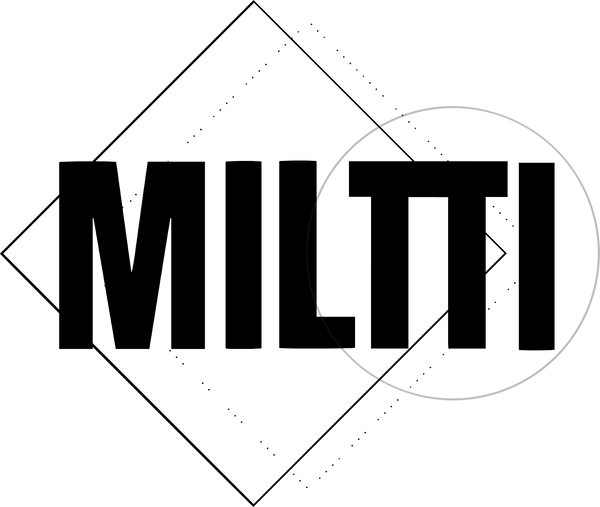
Gay: From Joyful to Identity
Share
The Early Meaning of Gay
The word gay has a long history before it became tied to sexuality. Coming from Old French gai, it meant happy, lighthearted, or bright. Writers like Chaucer and Shakespeare used it simply to describe joy or colorful clothing. At that time, the word had nothing to do with homosexuality or what we now call lgbtq pride history.
Newspaper excerpt from 1910 using the word gay in its original sense of “joyful.” Image from Library of Congress, Chronicling America.
From Joy to Code
By the late 19th century, the word started to change. In English, it was sometimes used for people living outside social respectability. By the early 20th century, gay quietly became a way for men who loved other men to identify each other, especially in places like New York and London.
Before gay took hold, another word was common: queer. At first it was used as an insult, a way to mark someone as strange or abnormal. But in time, both words became part of hidden codes of identity. This quiet evolution of language mirrors how clothing can signal belonging too, whether through gender-neutral clothing, unisex streetwear, or simply a style that tells others “I’m part of this community.”
Gay and the Pride Movement
Everything changed with the activism of the 1960s and 70s. After the uprising at the Stonewall Inn in 1969, the word gaymoved into the spotlight. Marchers at the first pride parade in New York in 1970 carried banners saying Gay Power, turning a private code into a public declaration.
Fashion became a tool for visibility. A simple pride t shirt, homemade banners, or rainbow patches were all acts of protest. That tradition continues today in queer fashion and streetwear, where clothing carries messages of resistance, joy, and belonging.
First Pride Parade, New York City, 1970. Image from New York Public Library Digital Collections.
Gay Today
Today, gay is both personal and political. It appears in everyday conversations, in culture, and every pride month, when millions celebrate their visibility. The word also connects to broader movements that seek change in how we live and consume. Just as activists reclaimed language, many now push for sustainable fashion and zero waste clothing, insisting that what we wear reflects both identity and values.
📖 Read more from our blog
Rainbow Monsters and Queer Horror
How LGBTQIA+ icons and spooky pride merge in horror culture, from monsters to campy fashion.
Internal Oppression LGBTQIA+
Exploring how shame and silence shape queer lives, and why visibility still matters.
Cover image: Gay Street sign, Greenwich Village, New York City. Photo by Kidfly182, via Wikimedia Commons (CC BY 4.0)
Written by the Miltti Team | September 2025
